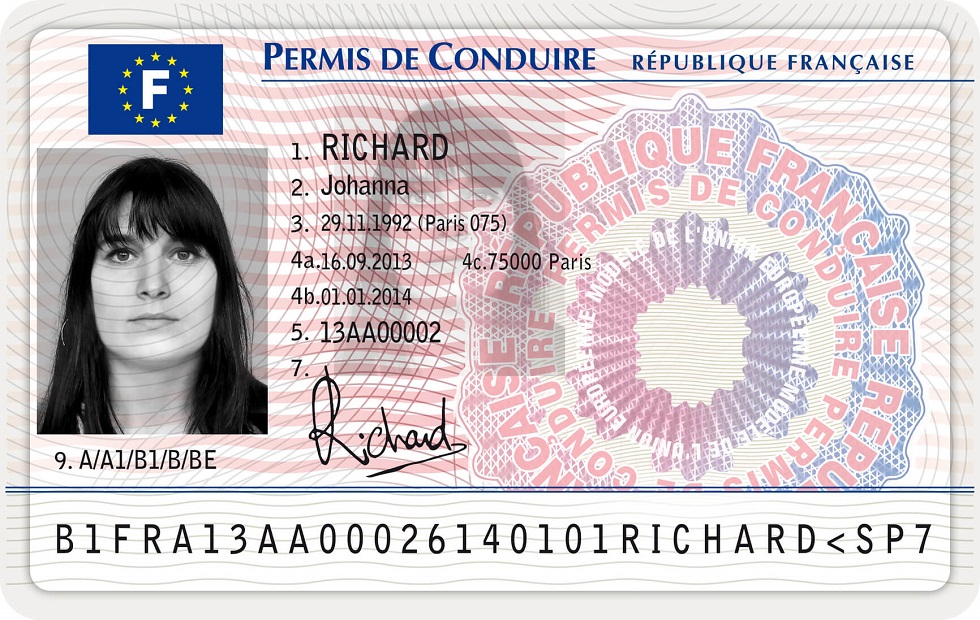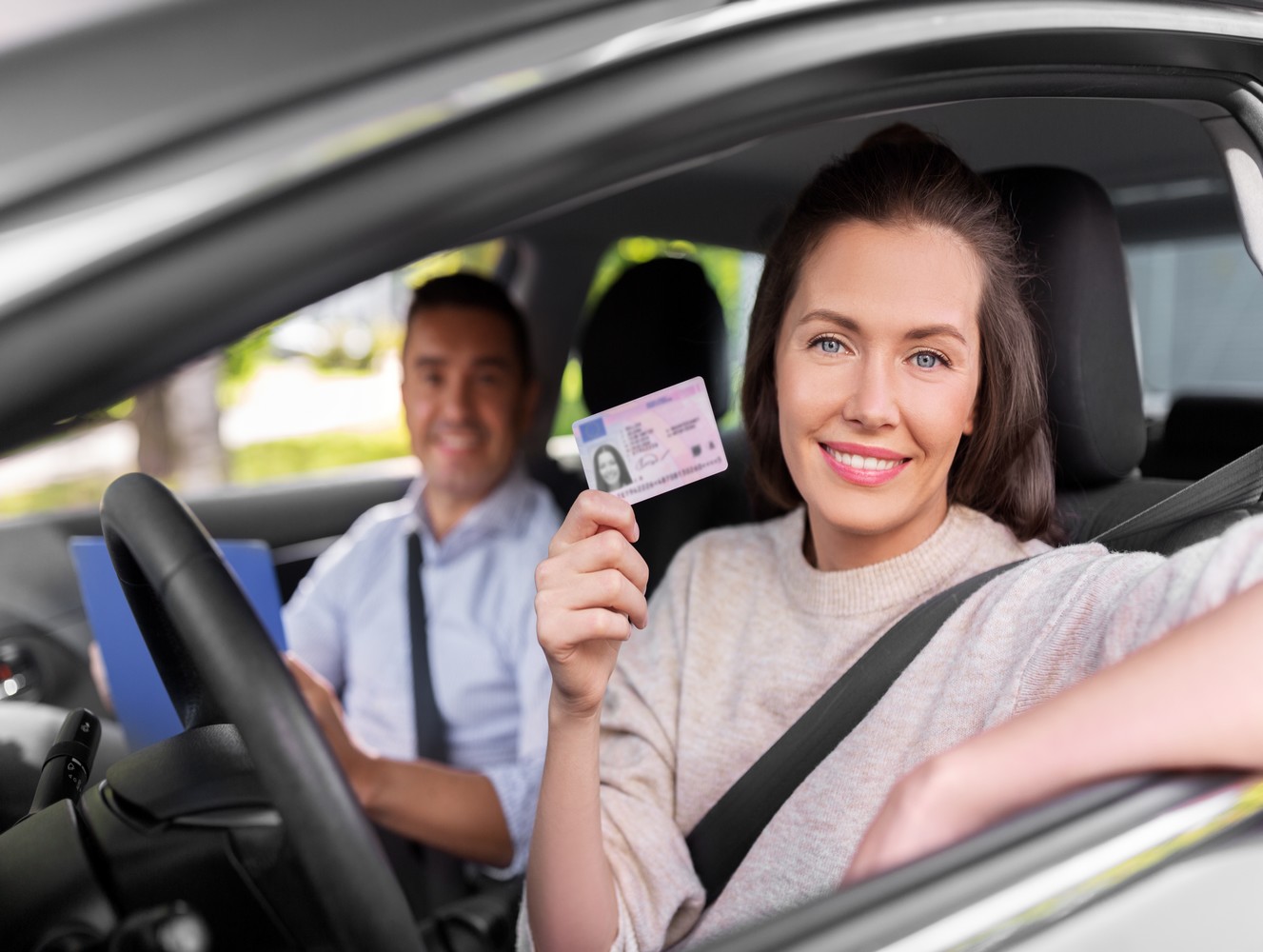 Obtaining Your Driving License Certificate
Obtaining Your Driving License Certificate
permis a – permis a2 driving license is proof that an individual has completed a state-approved driver's training course. This is a requirement for those who are younger than 18 years old.
After completing the course successfully, the student will receive a Certificate of Completion from the driving school and must bring it to their road test appointment.
The Learner's Permit
The first step in becoming a responsible and safe driver is to get your learner's permit. This process requires dedication, patience and preparation. The New York State Driver's Manual is the best source of information to prepare. The manual is packed with helpful study guides and practice questions. They can aid you in focusing on areas you need to improve and prepare you for the written test.
After passing the test, permis d suspension du permis de conduire et permis retiré cerfa permis de conduire moto prix (Parks published an article) you'll be issued a temporary permit to learn. You will need to visit an NYS DMV office to finish this step, but you can prepare in advance by visiting the DMV website and downloading the appropriate forms. This will speed up your appointment in person.
You will be asked for a signature on a form, usually Form MV-44. You'll also have to provide the necessary documents and have a parent/guardian sign the application if you're not yet 18 years old. If you are over 18, you can apply for a driver's license without parental consent, provided you have completed an education in driving.
The permit for a learner will have limitations, such as the requirement to be in the company of permis a – permis a2 supervisory driver who has the required age, license and relationship requirements. You are also subject to certain driving hours and passenger restrictions. After six months of securing your permit, you can apply for a junior license.
If you are a new learner's permit holder, it is important to practice frequently with your supervising driver. This will aid in gaining confidence behind the wheel and enhance your driving skills. You will need to record your driving hours when you apply for your license.
The Written Test
The test is a multiple choice quiz on driving-related rules and regulations, administered by the state government's Department of Motor Vehicles (DMV). This test is designed to test the driver's comprehension and knowledge of traffic rules.
Depending on your state depending on your state, you could be asked questions regarding intersections, rights-of-way laws or even specific vehicles. It is recommended to have a solid understanding of all these topics so you can pass the test and receive your driver's license.
You can prepare for the test by taking online practice tests or reading books. These resources are typically cost-free or free of charge, and they follow a similar format to the official test. They can be the key to passing or failing the written exam.
Make sure to get an adequate night's sleep, eat a healthy diet and bring all the necessary documents (e.g. proof of insurance or driving license) to the test. It is important to allow enough time to get to the test site before your scheduled appointment.
Once you've arrived at the DMV You may have to wait just a few minutes until they call your name. This is a good opportunity to listen to your favorite tune or meditate, or enjoy an energy-filled snack. If you take the test in a nervous and anxious condition can increase your chance of failure, so it's best to be as calm as you can when entering the testing area.
When your name is called, they bring you into the testing area and offer you a written test (which is actually a computerized one). Once you've completed the test, you'll either be told that you passed or requested to take it again.
To pass the written test, you need to read the New York State driver's manual thoroughly and to pay special attention to the sections that cover the subjects most often used in the written test. In general any information you learn from the manual can be used to answer questions in the exam. So, read the manual thoroughly without skipping any of the sections and take a few practice tests.
The Vision Test
A person with poor eyesight can't safely drive. This is why they need an eye exam before they can receive their license. The state uses various tests to determine the clarity of someone's vision. The state could employ a standard test, known as the Snellen Chart, which shows rows of letters or symbols which get smaller. The visual acuity of a person is measured by the smallest row they can comprehend.
 This is the most popular method that a person's eye is assessed. It's used to determine how clear their eyesight is, and whether or not they need contact lenses or glasses to see clearly.
This is the most popular method that a person's eye is assessed. It's used to determine how clear their eyesight is, and whether or not they need contact lenses or glasses to see clearly.
The person is asked to take off contact lenses or glasses and stand or sit about 20 feet (6 metres) away from the chart. They keep both their eyes open while reading the lines of letters or symbols.
The next test is a visual field test which checks how much of their side (peripheral) vision they have. This test can reveal blind spots that are caused by eye disease or brain disorders like glaucoma. The doctor may hold up different numbers of fingers across various areas of peripheral vision to determine the number of spots they can spot.
Applanation tonometry is yet another test that a doctor may administer. It measures intraocular tension. This test can detect the presence of glaucoma and other eye issues. It tests the fluid pressure inside the eye.
If the vision of a person is sufficient an eye doctor will issue a certificate which must be presented to the state in order to obtain an license. If their vision is too poor, they will be given an restriction, like "DAYLIGHT driving only" which they have to get removed by submitting a new vision report to the state.
Vision screenings are often conducted in schools and as part of routine physical exams by primary medical doctors. They are also conducted at health fairs in the local area, which are sponsored by hospitals, social service agencies and fraternal associations like the Lions or Elks clubs. While these screenings can detect certain eye problems, they can miss some of them. individuals should ensure that they get a thorough eye examination by an eye doctor at least every two years.
The Road Test
The road test tests your ability to operate a vehicle and adhere to traffic laws. You'll be asked to perform various actions, like parallel parking or changing lanes. It is essential to practice these skills prior to the test to ensure that you're able to pass.
Before you start the test The examiner will test your vehicle to ensure that it is safe to drive. The examiner will ensure that all lights and signals are working and that the windshield is clean and you can see clearly from the rear and front of the vehicle.
If the examiner determines that your car unfit to drive the test, he will cancel the remainder of the test and you'll need to take another test later. Be prepared with all the required documents to avoid delays. Typically, you'll have to present the same documents you used to get your permit, however, you should always consult your local DMV office to verify the exact requirements.
When you're ready for the test, you can do it either on the internet or in person at an DMV office. Be aware that there's often an in-person wait before you are able to take your test, particularly when you go through the DMV. Some driving schools provide additional services, like scheduling your road test time for you.
The evaluator will go over the basics of your vehicle and will ask you questions. You'll then drive the car along a familiar route. Make sure you follow the speed limit and be aware of any signs and markings that are posted. You'll also be required to use your turn signals, allow a certain amount of space between you and other vehicles, and accelerate and brake in a smooth manner. You might be asked to do three-point turning, or change lanes. You should practice these maneuvers before the test so that you are confident.
The Safety Specialist will stamp your exam permit after you have passed the road test with the date that will indicate when you can obtain your driver's license. Bring your ID as well as proof of insurance, and a valid learner’s permit (if applicable). If you fail the road test it will take at least one day to retake it.
